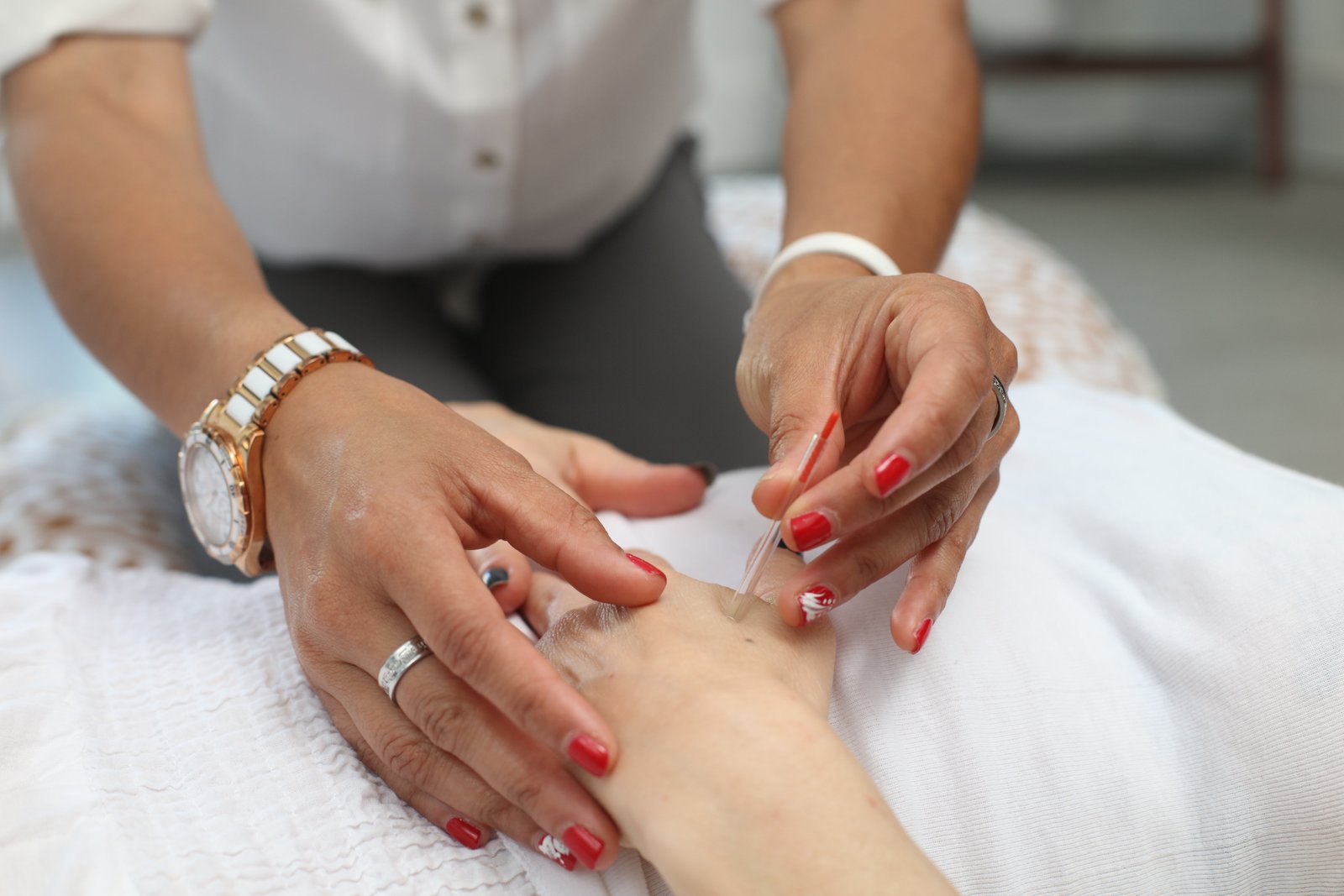Introduction
Acupuncture is an ancient practice that has been used for thousands of years to treat a variety of physical and mental ailments. Originating in China, this practice involves the insertion of thin needles into specific points on the body to promote healing and balance. Despite its long history, acupuncture has gained popularity in recent years as an alternative or complementary treatment for a variety of conditions. In this article, we will explore the history of acupuncture, its modern uses, and its potential benefits.
History of Acupuncture
Acupuncture has been practiced in China for over 2,500 years and is one of the oldest medical practices in the world. The first written record of acupuncture dates back to around 100 BCE in the Huangdi Neijing (Yellow Emperor’s Classic of Internal Medicine), a text that is still used by practitioners today.
Acupuncture was introduced to the West in the 17th century, but it did not gain widespread acceptance until the 20th century. Today, acupuncture is recognized as a valid medical practice by the World Health Organization and is used in many countries around the world.
How Acupuncture Works
Acupuncture is based on the idea that the body has channels of energy called meridians. These meridians correspond to specific organs and systems in the body. According to traditional Chinese medicine, illness occurs when the flow of energy through these meridians is disrupted.
Acupuncture needles are inserted into specific points along these meridians to stimulate the flow of energy and promote healing. The needles are very thin and are typically inserted just beneath the skin.
What to Expect During an Acupuncture Session
During an acupuncture session, the practitioner will typically ask you about your medical history and current symptoms. They may also examine your tongue and take your pulse to determine the best course of treatment.
Once the practitioner has determined which points to target, they will insert the needles into your skin. You may feel a slight prick or pressure, but acupuncture is not typically painful. The needles will be left in place for anywhere from a few minutes to an hour, depending on the treatment.
After the needles are removed, you may feel a sense of relaxation or even slight soreness in the areas where the needles were inserted.
Modern Uses of Acupuncture
Acupuncture has been used to treat a variety of conditions, including:
- Chronic pain, such as back pain and arthritis
- Headaches and migraines
- Anxiety and depression
- Insomnia
- Infertility
- Allergies
- Digestive disorders
- Addiction
Acupuncture is often used as a complementary therapy alongside conventional medical treatments.
Potential Benefits of Acupuncture
While the scientific evidence for acupuncture is mixed, some studies have suggested that it may be effective in treating certain conditions. For example, a review of studies published in the Archives of Internal Medicine found that acupuncture was effective in treating chronic pain.
Other studies have suggested that acupuncture may be effective in treating anxiety, depression, and insomnia. However, more research is needed to fully understand the potential benefits of acupuncture.
Safety and Risks of Acupuncture
When performed by a qualified practitioner, acupuncture is generally considered safe. However, there are some risks associated with the practice. These include:
- Infection: If the needles are not properly sterilized, there is a risk of infection.
- Punctured organ: In rare cases, a needle may puncture an organ or cause a pneumothorax (collapsed lung).
- Bleeding or bruising: It is possible to experience minor bleeding or bruising at the site of the needle insertion.
It is important to choose a qualified practitioner who is licensed and follows proper sterilization procedures.
Conclusion
Acupuncture is an ancient practice with a
long and rich history of use in traditional Chinese medicine. Today, acupuncture is recognized as a valid medical practice and is used around the world to treat a variety of physical and mental conditions.
While the scientific evidence for acupuncture is mixed, many people have reported positive results from this practice. Acupuncture is often used as a complementary therapy alongside conventional medical treatments, and some people find that it helps to relieve pain, reduce stress, and improve their overall sense of well-being.
If you are interested in trying acupuncture, it is important to choose a qualified practitioner who is licensed and follows proper sterilization procedures. As with any medical treatment, it is also important to talk to your doctor before trying acupuncture to make sure it is safe for you and that it will not interfere with any other treatments you may be receiving.
Overall, acupuncture is a fascinating and ancient healing practice that continues to be used in modern times to promote health and well-being. Whether you are seeking relief from chronic pain, anxiety, or other conditions, acupuncture may be worth exploring as a potential treatment option.

